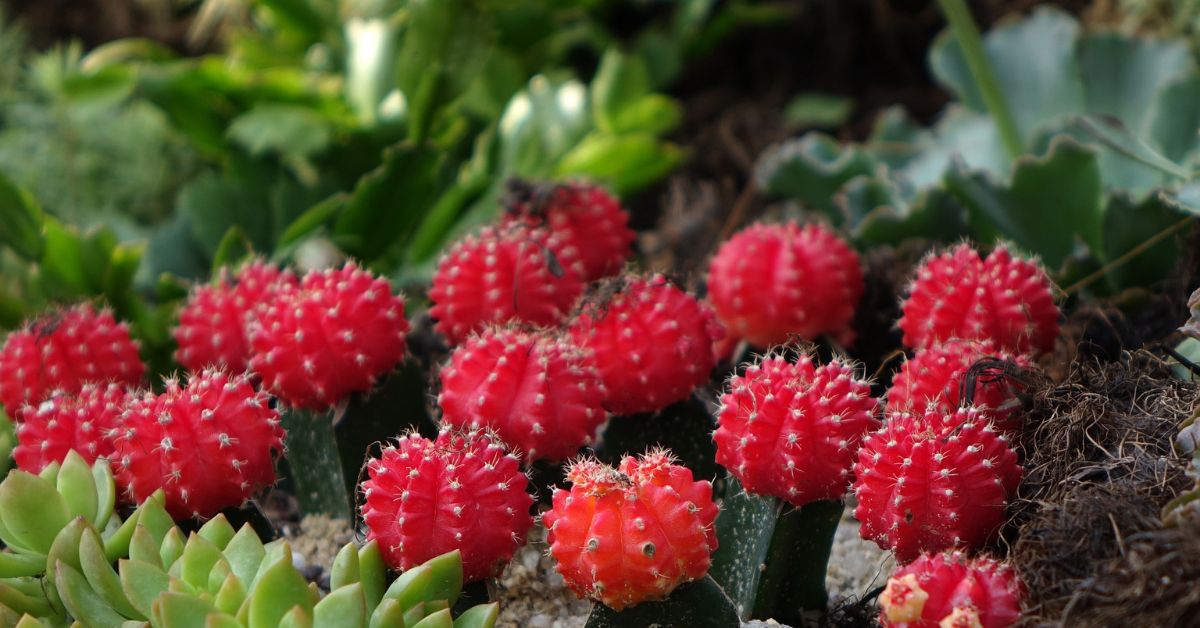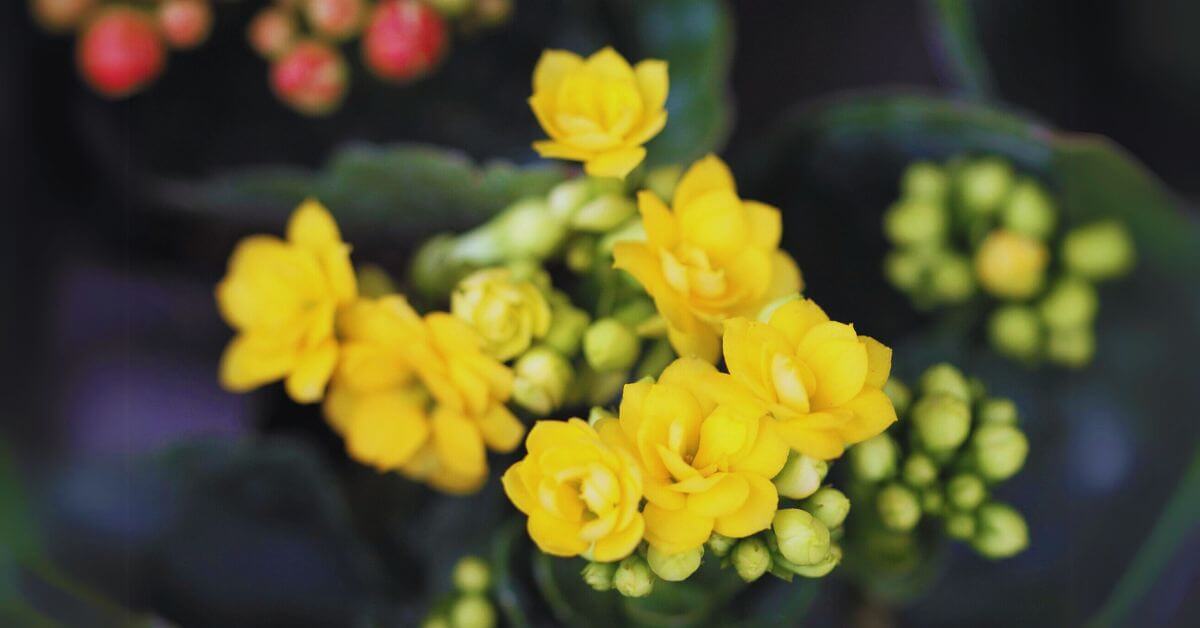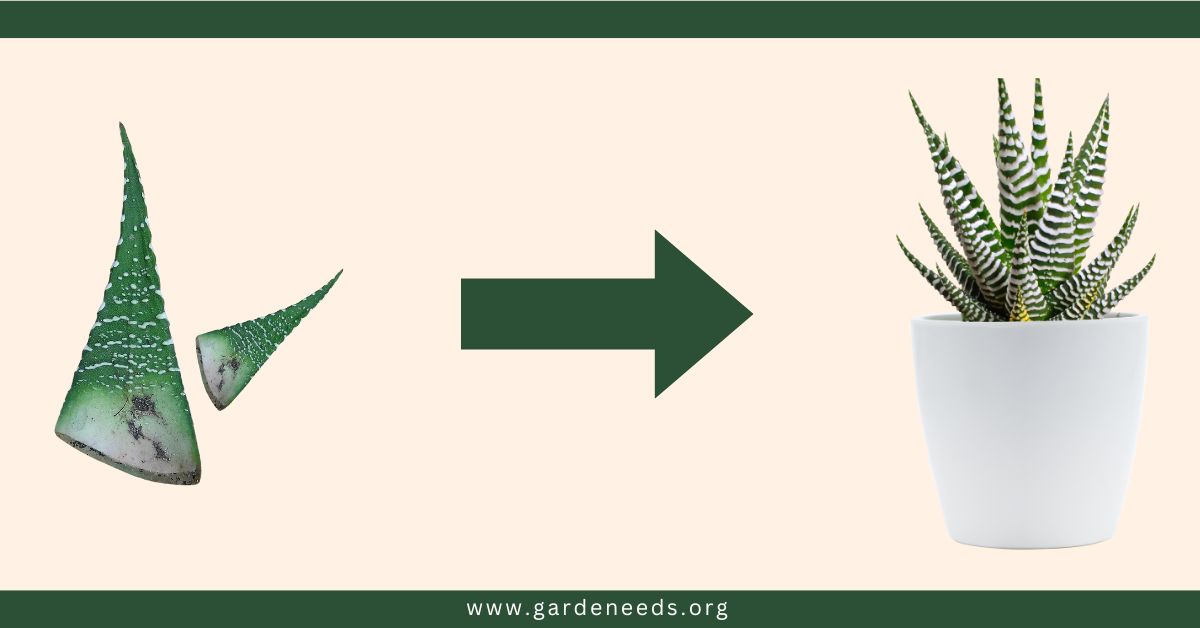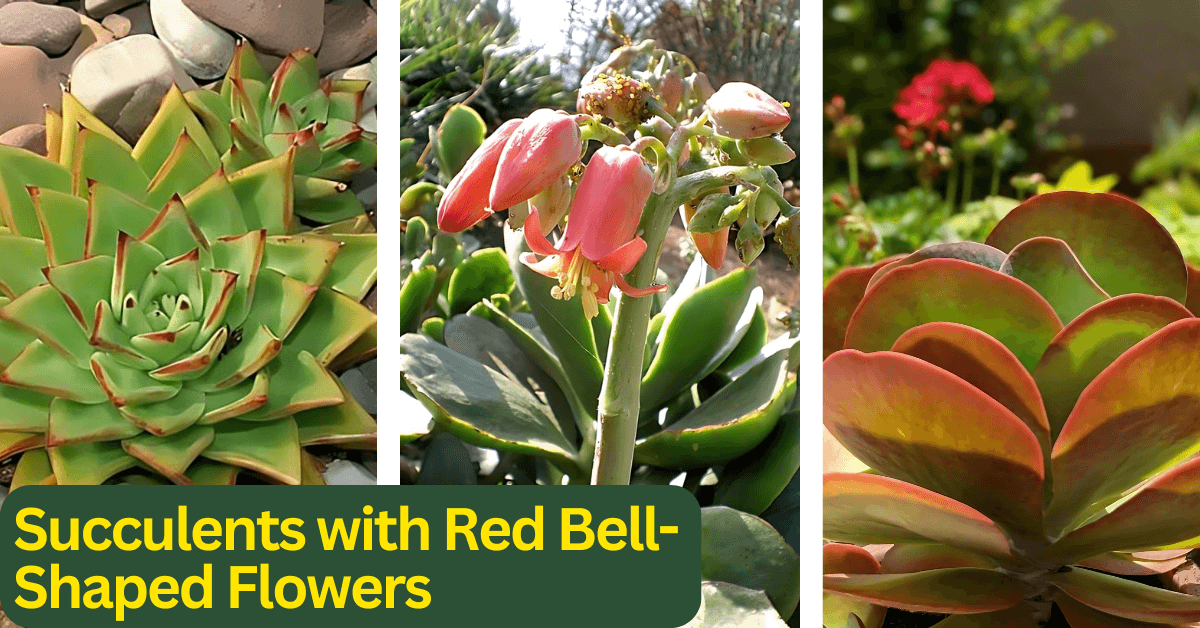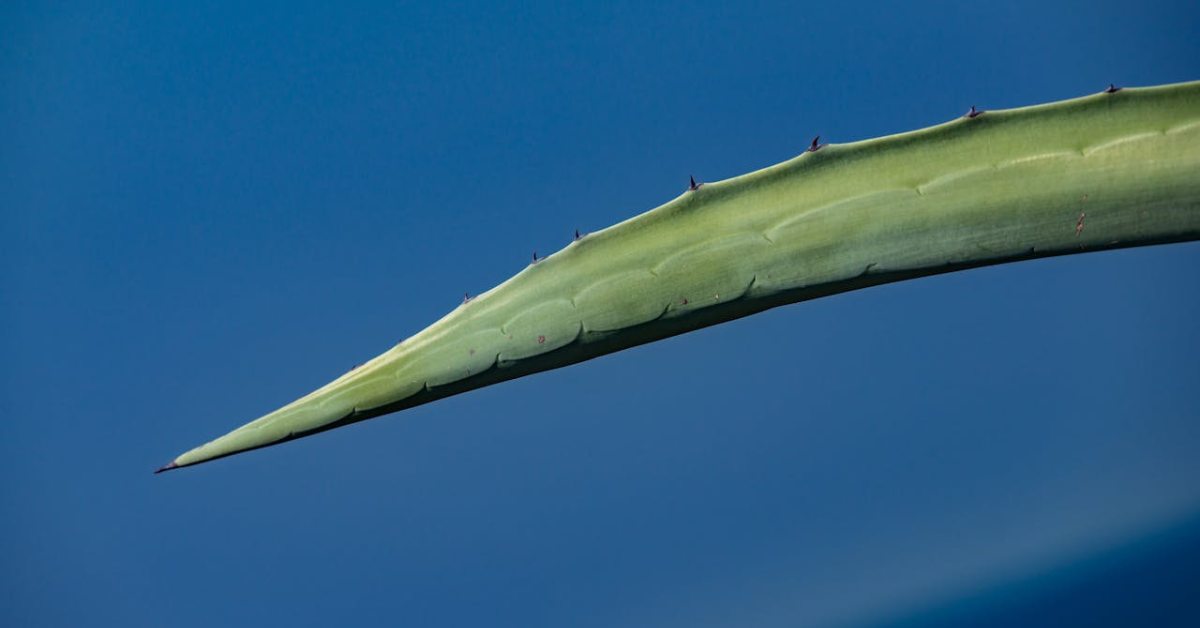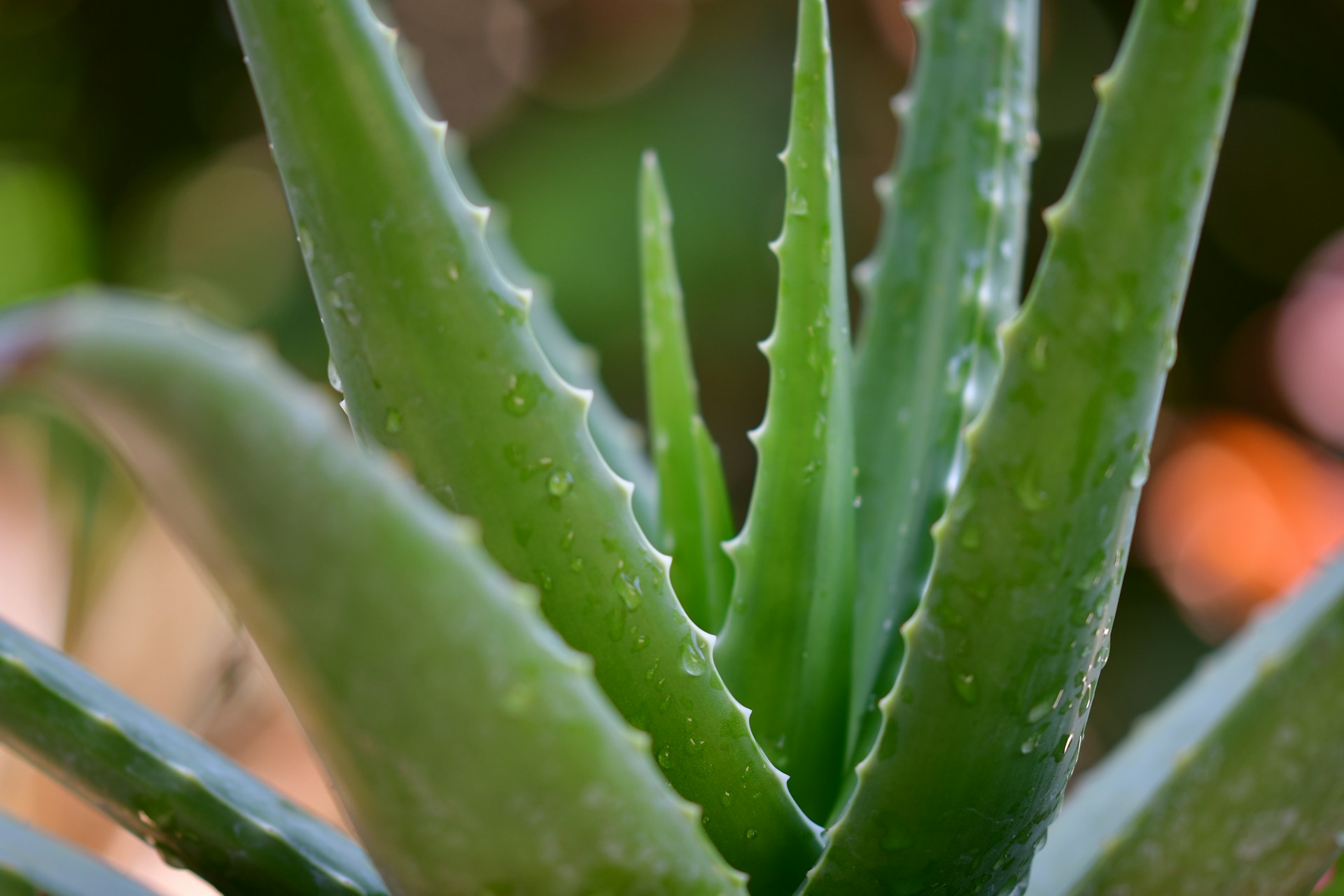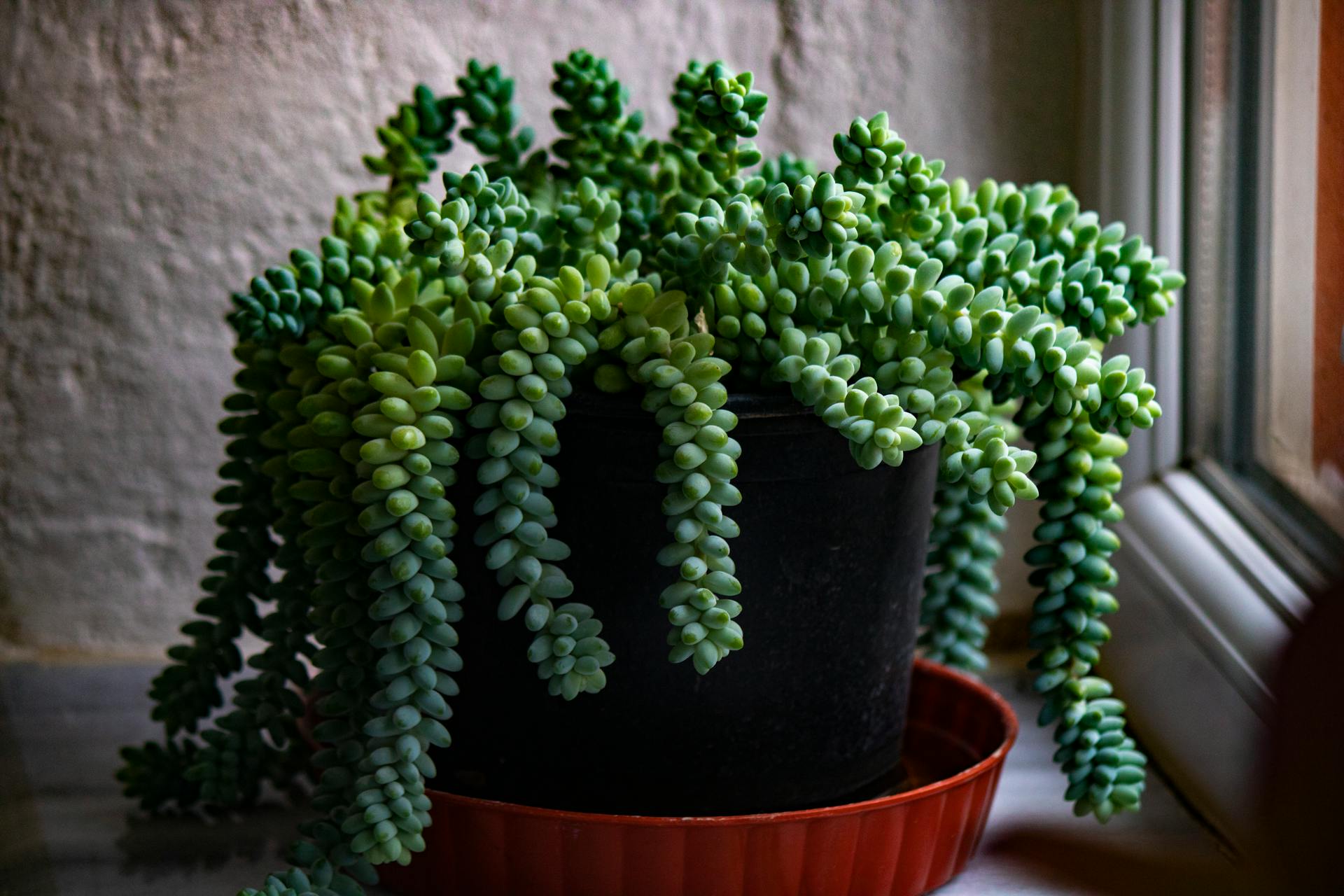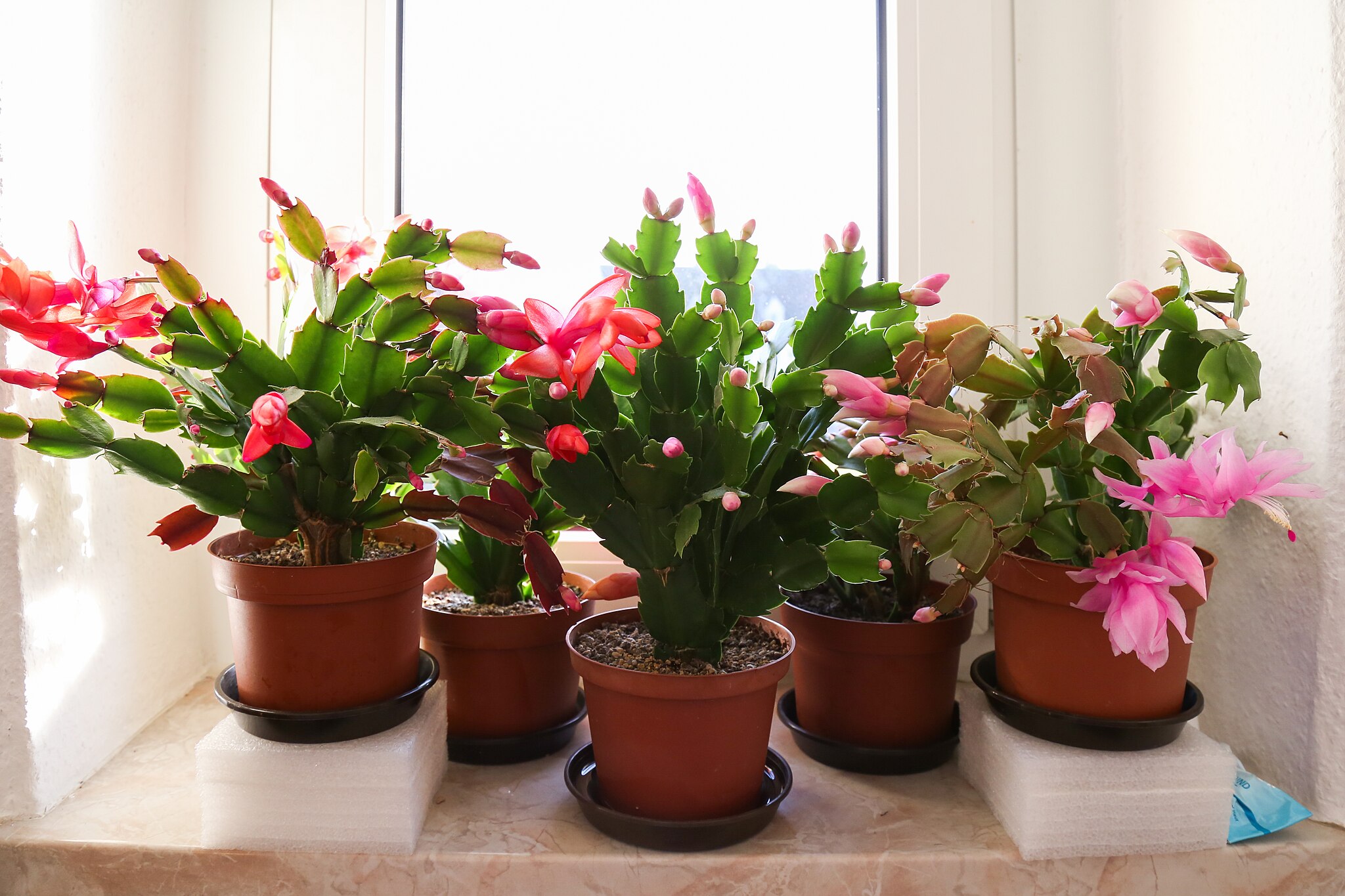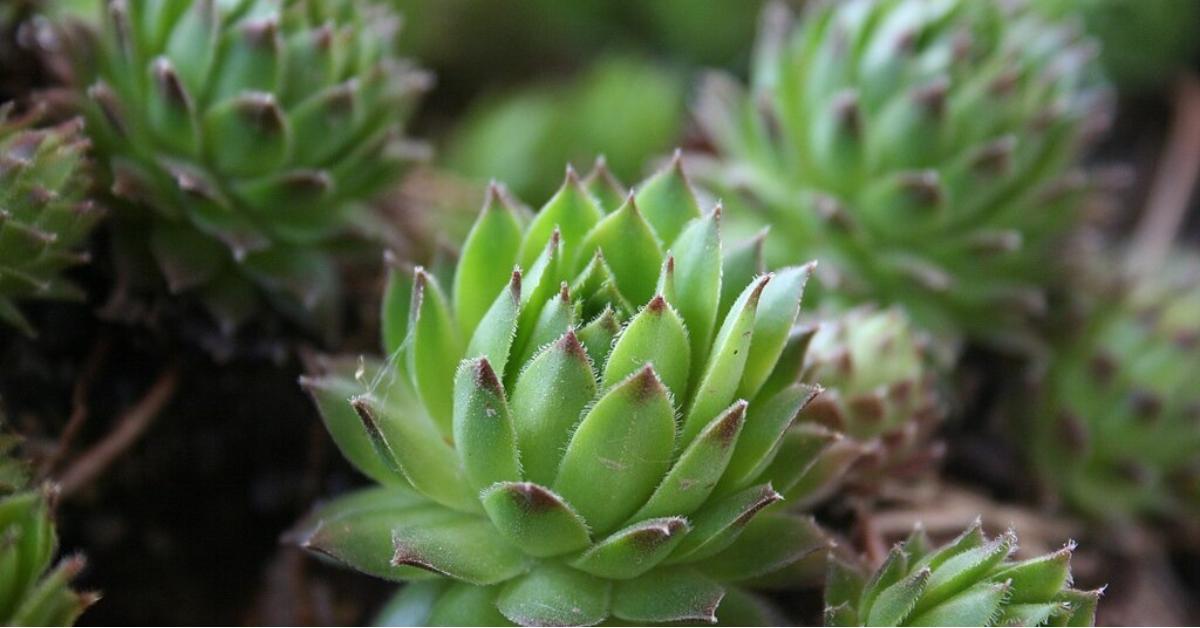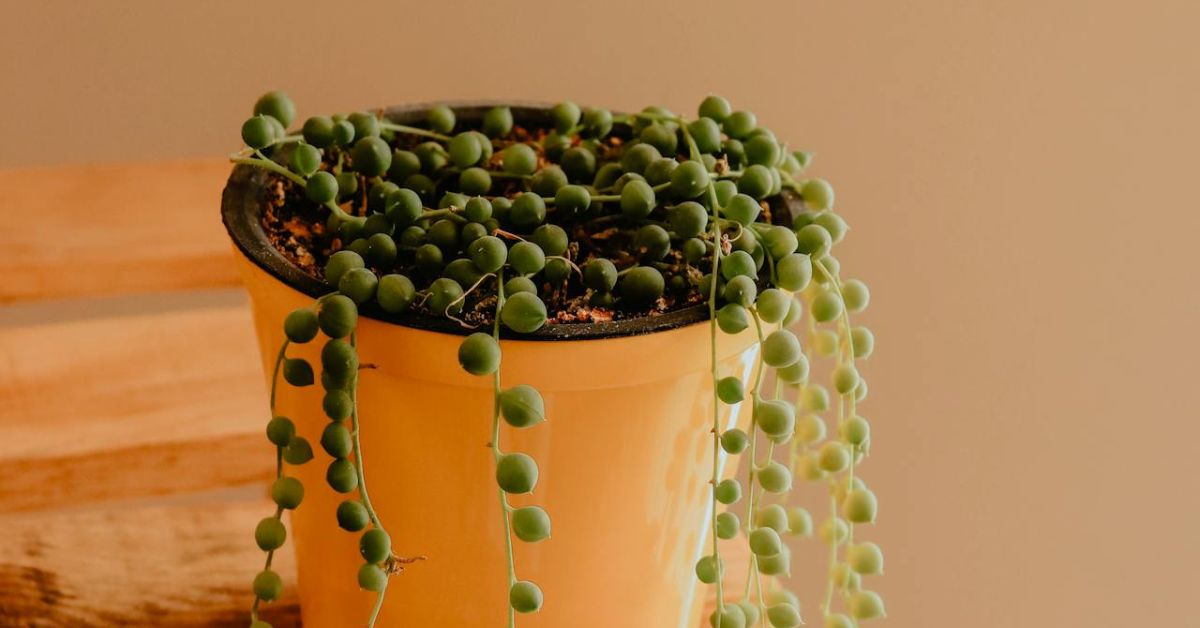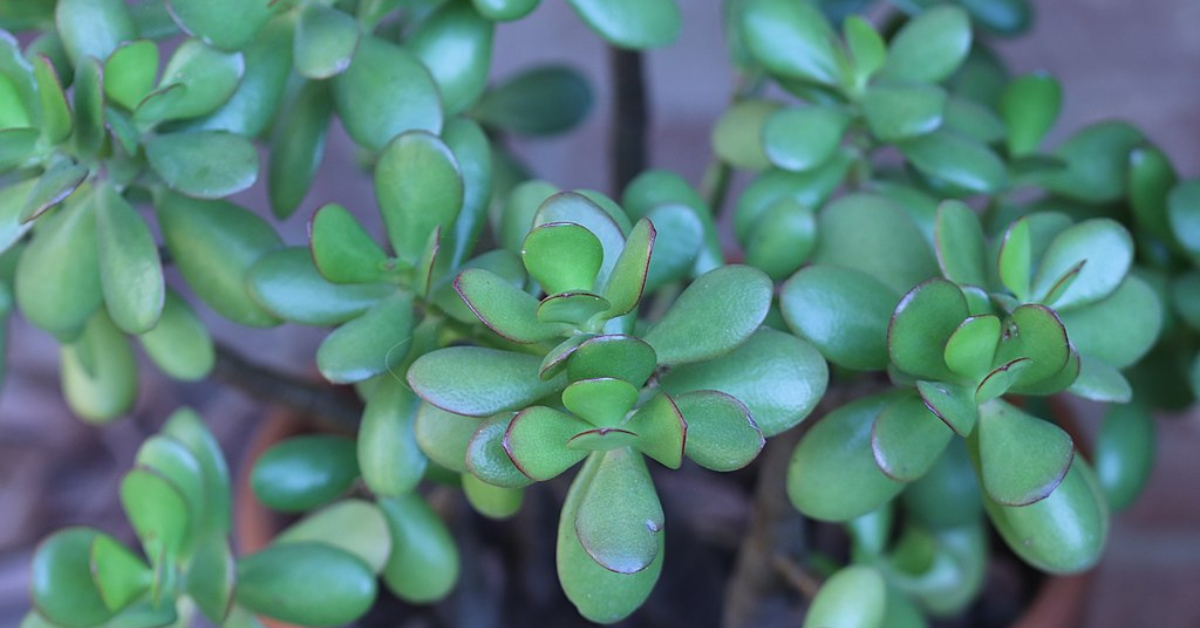IN THIS ARTICLE
Moon cactus, with its vibrant colors and unique shape, is a popular choice for both beginner and experienced plant enthusiasts. These funky plants are actually two different cacti grafted together to create a striking display. With proper care, they can thrive and bring a touch of whimsy to any space.
The Moon Cactus, a vibrant and unique plant, often leaves growers puzzled with its specific care needs. If you’re struggling with issues like discoloration or stunted growth?
We’re here to help. In this article, we’ll cover everything from types and growing techniques to common problems and solutions for maintaining a healthy Moon Cactus.
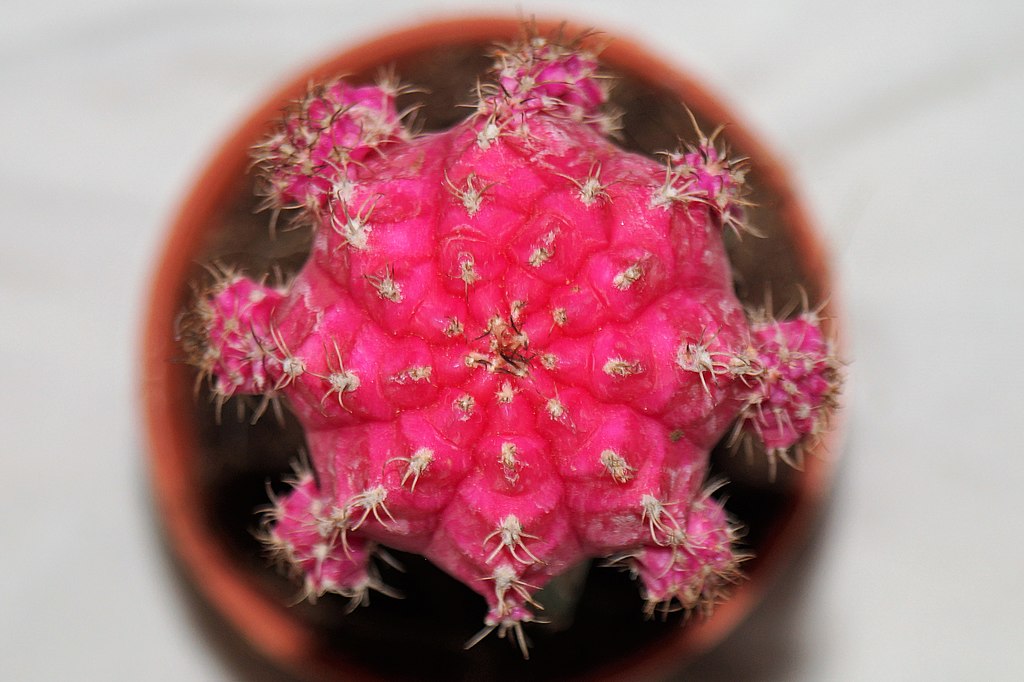
| Botanical Name | Gymnocalycium mihanovichii |
| Family | Cactaceae |
| Plant Type | Cactus |
| Mature Size | 1-2 inches tall and wide |
| Sun Exposure | Partial shade |
| Soil Type | Well-drained, sandy soil |
| Soil pH | Slightly acidic to neutral (6.0-7.0) |
| Bloom Time | Rarely blooms indoors |
| Flower Color | Varies (often pink, red, or yellow grafted tops) |
| Hardiness Zones | 10-11 (USDA) |
| Native Area | South America (primarily Paraguay, Brazil, Argentina) |
Types of Moon Cactus
Moon Cactus is known for its vibrant types that add a splash of color to any garden.
| Type | Unique Appearance |
|---|---|
| Hibotan | Bright red or pink top, green base |
| Ruby Ball | Deep red or purple top, dark green base |
| Yellow Cap | Yellow top, green or blue base |
| Orange Sun | Orange top, dark green base |
How to Grow Moon Cactus
Choosing the Right Location
When it comes to choosing the right location for our Moon Cactus, light is key. These plants thrive in bright, indirect sunlight. A spot near a window where they can get some morning sunlight but are shielded from the harsh afternoon sun works best. We should avoid placing them in direct sunlight for extended periods, as this can cause sunburn and discoloration.
Choosing the Right Pot and Soil
Selecting the right pot and soil is crucial for the health of our Moon Cactus. A pot with good drainage is a must to prevent waterlogging, which can lead to root rot. Terra cotta pots are a great option as they allow excess moisture to evaporate. For soil, a well-draining cactus mix is perfect. We can also create our own mix by combining:
Planting Steps
To plant our Moon Cactus:
- Start by filling the pot with the cactus mix, leaving space for the root system.
- Gently remove the cactus from its current container and place it in the new pot.
- Ensure the scion (the colorful top part) is above the soil surface.
- Firmly pack the soil around the roots to stabilize the plant.
After planting, it’s important to let the soil dry out before the first watering to allow any damaged roots to heal. This preparation ensures that our Moon Cactus has the best chance to thrive.
How to Grow Moon Cactus Indoor
Growing Moon Cactus indoors starts with a bright spot shielded from direct sunlight. Use a well-draining cactus mix in a pot with drainage holes. Maintain low humidity and a temperature range of 65°F-85°F. Water sparingly; let soil dry out between waterings.
Unique Instruction: Rotate the cactus periodically to promote even growth.
How to Grow Moon Cactus Outdoor
Growing Moon Cactus outdoors requires:
- A shaded spot with indirect sunlight
- Well-draining soil
- Avoiding overwatering
Maintain ambient temperatures between 65°F and 85°F. Protect from heavy rains and frost. Regularly check for pests. Use succulent fertilizer bi-monthly for optimal growth. This care routine helps our outdoor Moon Cactus flourish.
How to Care for a Moon Cactus
| Care Aspect | Frequency/Key Points |
|---|---|
| Watering | 2-4 weeks in summer; once a month or less in winter |
| Fertilization | Every 4-6 weeks during growing season; avoid in winter |
| Pruning | As needed for shape & health |
| Repotting | Every 1-2 years, ideally in spring |
Watering Guidelines: how often to water moon cactus
Watering our Moon Cactus is crucial for its health. The key is to let the soil dry out completely between waterings. Overwatering can lead to root rot, so be cautious.
- During the hot seasons: water thoroughly but infrequently, about every 2-4 weeks.
- In winter: reduce the watering frequency to once a month or less.
Always use room temperature water, and ensure excess water drains well to avoid waterlogging.
Fertilization Tips
Fertilizing our Moon Cactus helps maintain its vibrant appearance and overall health. Use a balanced, water-soluble cactus fertilizer diluted to half strength. Apply it during the growing season, typically from spring to early fall.
- Fertilize every 4-6 weeks.
- Avoid feeding the cactus during its dormancy in winter.
Too much fertilizer can harm the plant, so adhere to the recommended schedule.
Pruning
Pruning isn’t usually required for Moon Cactus, but occasional trimming can help maintain its shape and remove any dead or damaged parts.
If the top (scion) becomes too large or starts to lose color, consider pruning it back. Use sterilized scissors or a sharp knife for clean cuts. Always handle the cactus gently to avoid damaging the delicate graft.
Repotting
Over time, our Moon Cactus may outgrow its pot or require fresh soil. Repotting should be done every 1-2 years, ideally in spring. Choose a pot slightly larger than the current one and ensure it has drainage holes.
- Gently remove the cactus and shake off old soil.
- Place it in the new pot.
- Fill it with fresh cactus mix.
- Let the soil dry before the first watering.
This process ensures the roots have enough room to spread and absorb nutrients efficiently.
How to Propagate Moon Cactus
Propagating Moon Cactus can be done via grafting, offsets, or seeds. Grafting is the most common method. Offsets involve removing pups from the base and planting them. Growing from seeds is rare and challenging. Whichever method we choose, proper care and patience are essential for successful propagation.
| Propagation Method | Recommendation | Difficulty | Comments |
|---|---|---|---|
| Grafting | Highly recommended | Moderate | Most common method due to higher success. |
| Offsets | Recommended | Easy | Simple, involves pup removal. |
| Seeds | Not recommended | Hard | Rare, takes a lot of time and effort. |
How to Graft a Moon Cactus
Grafting a Moon Cactus involves attaching the colorful scion to a green stock cactus.
- Prepare both cacti by making a clean cut.
- Place the cut surfaces together, ensuring they fit snugly.
- Secure with rubber bands.
- Allow the graft to heal in a shaded, warm environment for optimal results.
Common Issues and Solutions
Pests and Diseases
Moon Cactus can encounter pests such as mealybugs and spider mites. To tackle these:
- Regularly inspect the plant.
- Apply neem oil or insecticidal soap when pests are detected.
Diseases like root rot often occur due to overwatering. To prevent these:
- Ensure proper drainage.
- Let the soil dry out between waterings.
If root rot is found:
- Remove the affected parts.
- Repot the cactus in fresh soil.
Troubleshooting Growth Issues
If your Moon Cactus displays discoloration, reasons include inadequate lighting or overwatering:
- Position the plant in bright, indirect sunlight.
- Adjust watering habits.
Stunted growth can stem from poor soil quality or insufficient nutrients:
- Use a well-draining cactus mix.
- Fertilize during the growing season.
When the cactus is losing color, consider:
- Checking for root-bound conditions.
- Repotting if necessary.
Regular care can address these common growth issues.
| Common Issues | Possible Causes | Solutions |
|---|---|---|
| Why is my Moon Cactus turning brown? | Overwatering, Fungal infection | Proper drainage, Allow soil to dry between waterings |
| Why is my Moon Cactus turning yellow? | Inadequate lighting, Nutrient deficiency | Bright, indirect sunlight, Fertilize during growing season |
| Why is my Moon Cactus losing color? | Root-bound conditions | Check roots, Repot if necessary |
| Pests (Mealybugs, Spider Mites) | Infestation | Neem oil, Insecticidal soap |
| Root Rot | Overwatering | Remove affected parts, Repot in fresh soil |
Benefits of Growing Moon Cactus
Moon Cactus offers vibrant, eye-catching colors that brighten any space. It’s low-maintenance, making it perfect for busy lifestyles. This unique plant can boost mood and spark joy with its vivid hues. Additionally, it enhances indoor air quality. Moon Cactus thrives in minimal care, providing beauty and health benefits effortlessly.
Conclusion
Mastering the care techniques for Moon Cactus ensures vibrant, healthy plants. Following the correct soil mix and proper watering routine is essential. For more on succulents, explore our articles on Jade Plants, Aloe Vera, and Ghost Plant.
Happy gardening!
Frequently Asked Questions
You Might Also Like ✾
Table of Contents Introduction to Cactus: Cacti are the desert plants famous for their ability to survive in dry/arid environments.…
Photo: PEAK99, CC BY 3.0, via Wikimedia Commons It is not hidden that kalanchoe succulent (kalanchoe blossfeldiana) is famous for…
Table of Contents The kalanchoe blossfeldiana is one of the most common succulent in Kalanchoe genus beside others like Kalanchoe pumila, and…
Table of Contents There is nothing better than adding new baby plants to your garden and watching them grow. There…
Table of Contents Succulents are a must-know if you are fond of plants that are easy to maintain. These unique…
Growing a new Aloe Vera plant from broken leaves is one of the easiest methods to propagate Aloe Vera plant. To propagate, you…
